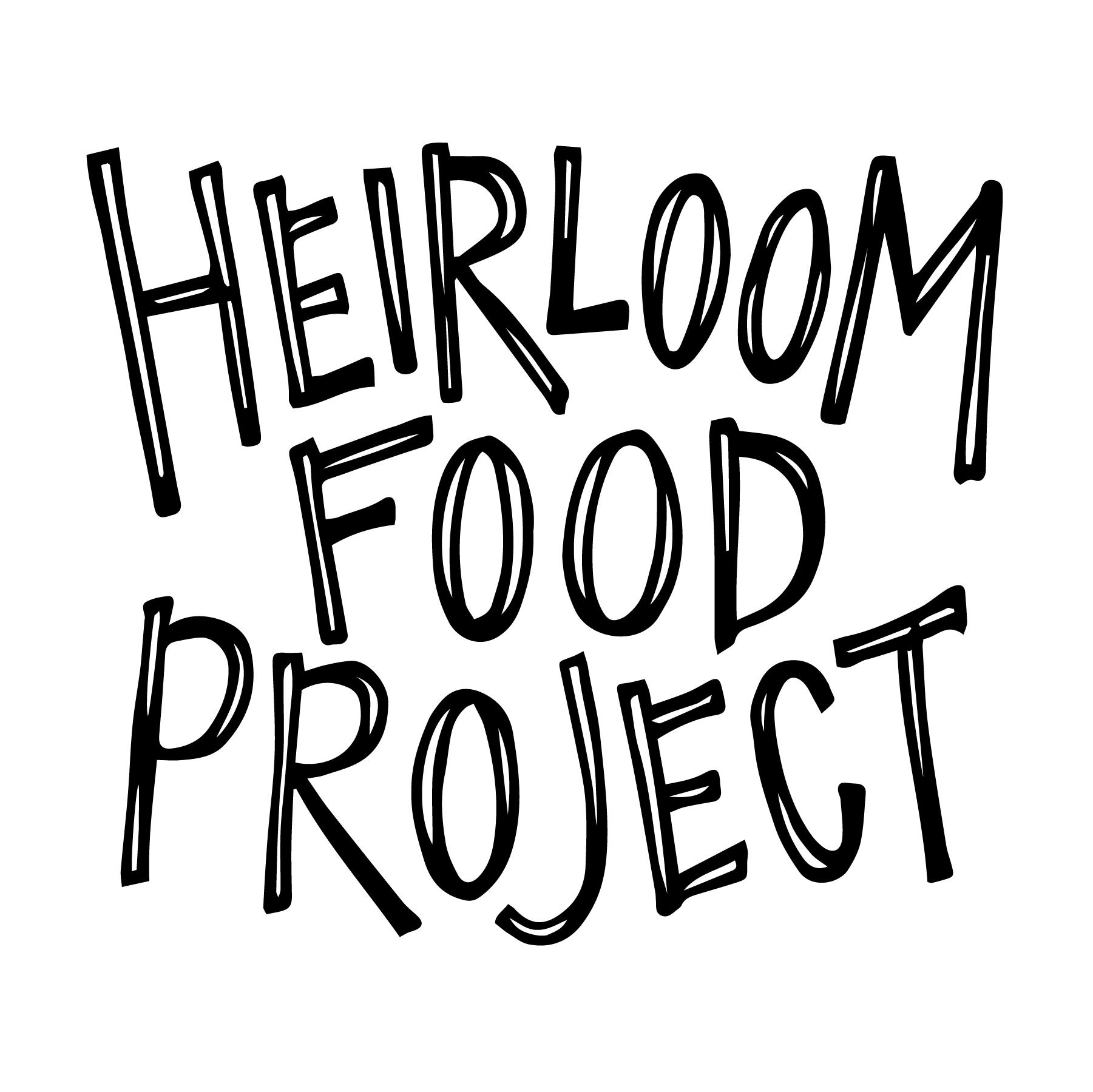Risalamande: A Dish to Bridge Two Worlds
Whether you’re traveling or staying put this Christmas season, consider embracing this rice pudding as part of your own holiday tradition.
At no other time of year do I feel my dual-country-ness more than Christmas. If I spend the season in my home state of Ohio, I find myself missing the cozy rituals Denmark practices to survive the darkness. If I spend December in Denmark, I long for my family’s Christmas Eve feast of homemade fettucine and seafood.
No matter what any of us does, there is simply no way (currently) to be in two places at once. But food traditions stand right behind teleportation on the list of tools that can transport us from one place to another in an instant. I propose Denmark’s risalamande as one of those dishes that can easily cross borders.
Risalamande, if you’ve not yet had the pleasure, is vanilla bean rice pudding, folded with whipped cream and slivered almonds, and topped with warm cherry sauce. On Christmas Eve, the cook hides one whole almond among the slivered ones. Whoever finds it wins the ‘almond gift.’
Though it sounds French, this dish is wholly Danish. Stemming back to a time when it was a rare luxury to make rye-, barley-, or oat-based grød (porridge) with milk, the dairy version was reserved for parties. After 1900, rice became more widely available, and thus, risengrød (rice porridge) became an everyday staple. When wealthy Danes introduced almonds to the dish to distinguish it from peasants’ food, risalamande was born.
The first time I came to Denmark everyone eagerly put their favorite tastes on my plate. With my Italian-American palette conditioned more for olive oil and pasta, I filed most of these new flavors under the ‘learn to love’ category. But after working through pickled herring, pungent cheeses, and licorice so salty it stung, I encountered a light at the end of the tunnel, the crown of the Christmas celebration: risalamande. The dish was foreign enough to be novel, but familiar enough to feel like a hug as I spent this first Christmas away from my family.
Fast forward a year and it was my Danish husband’s first time joining my family for Christmas in Ohio. I wanted to make sure he could contribute a piece of his own tradition to the table. Since risalamande is quite likeable – the familiar comfort of vanilla, indulgence of silky cream, warm cherry sauce, and the playful joy of searching for the whole almond – it lends itself well to sharing. My family loved it so much they requested it the next year, too.
My American mom, Danish husband, and Danish in-laws all partaking in another shareable tradition from Denmark: making Christmas stars!
Consider whipping up risalamande for your family outside of Denmark
It can be a window into your world for those family members who may never make it to Denmark to experience your life here. Who knows – maybe they’ll even adopt it as a new tradition like my family did.
Embrace the tradition if you’re spending Christmas in Denmark
If you live in Denmark without Danish family or friends to cook for you, risalamande could draw you closer to the land you reside upon – maybe more easily than learning to commute by bike or say ‘rød grød med fløde.’ If you find yourself at a table surrounded by Danes this Christmas Eve, an enthusiasm for this dish could knit you more tightly to your comrades.
And that feeling – that my American family knows the flavors I’ll be tasting on Christmas, whether we’re eating from the same bowl, or digging in six time zones away — stitches my cross-ocean life together in such a comforting way. Perhaps a bowl full of creamy rice and cherry sauce can offer the same to you.
Source: dr.dk/ligetil
This article is published in The International, a monthly free newspaper created by and for expats living in Denmark. My column features stories about Danish foods and their global histories, as well as tips for home-cooking in your expat kitchen.



